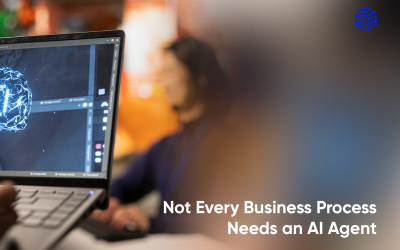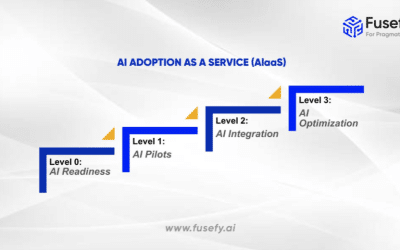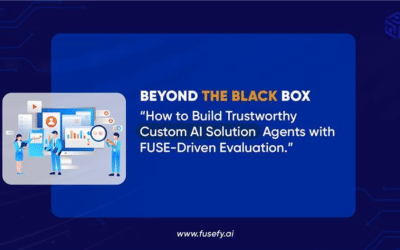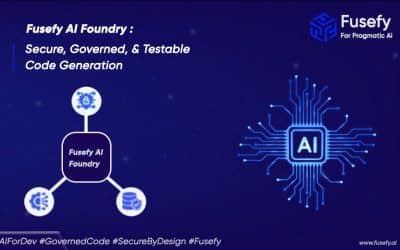Discover how Fusefy’s FUSE framework builds trustworthy AI agents with reliable, transparent, and measurable business impact.
Not Every Business Process Needs an AI Agent
Discover how Fusefy’s FUSE framework builds trustworthy AI agents with reliable, transparent, and measurable business impact.
Fusefy- AI Adoption as a Service
Discover how Fusefy’s FUSE framework builds trustworthy AI agents with reliable, transparent, and measurable business impact.
Beyond the Black Box: How to Build Trustworthy Custom AI Solution Agents with FUSE-Driven Evaluation
Discover how Fusefy’s FUSE framework builds trustworthy AI agents with reliable, transparent, and measurable business impact.
Secure, Governed, and Testable by Design: The New Standard in AI Code Generation
Explore the evolving balance between human-in-the-loop systems and fully autonomous AI, and how platforms like Fusefy.ai bridge the gap
The Evolution of LLM Performance: From Data-Hungry Transformers to Expert-Guided Intelligence
Explore the evolving balance between human-in-the-loop systems and fully autonomous AI, and how platforms like Fusefy.ai bridge the gap





